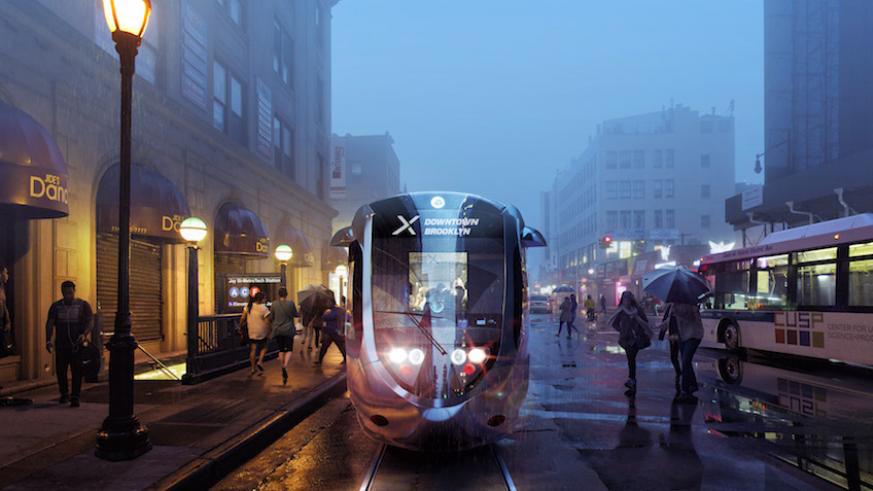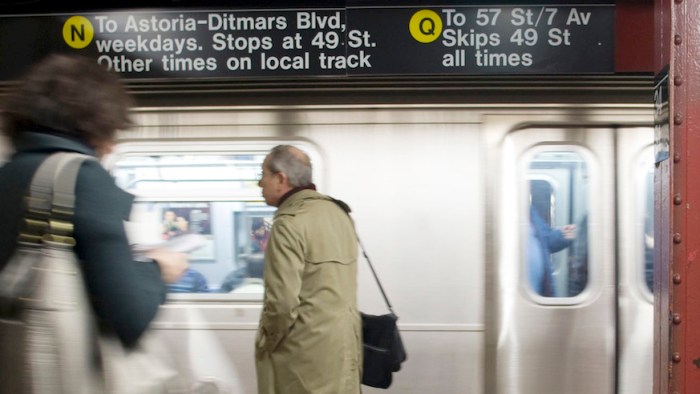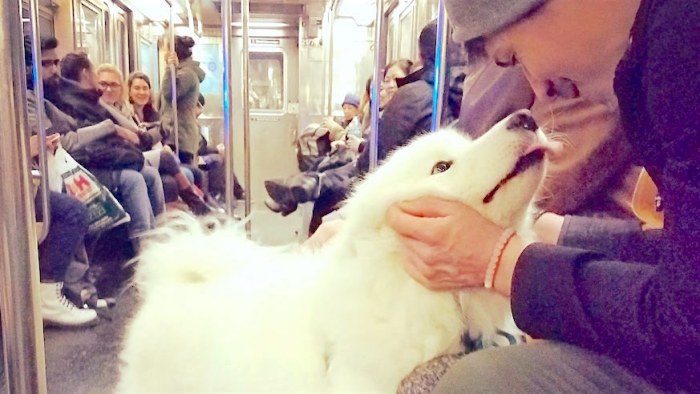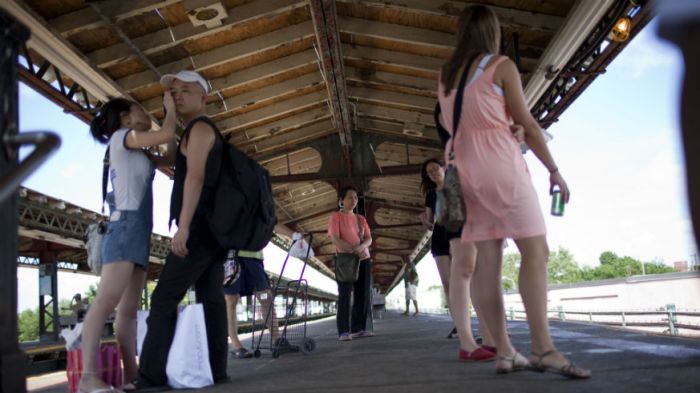A recent presentation of a mock-up for the Brooklyn Queens Connector Street Car without $2.8 billion in real money to pay for it continues to be a dream versus reality. The project also missed initiation of a formal public review process which was supposed to start by December 2017. Perhaps this is why Friends of the Brooklyn Queens Street Car Connector Executive Director Ya-Thg Liu resigned after serving only 18 months. Deputy Director Jessica Schumer (daughter of US Sen. Charles Schumer) is serving as interim director until a permanent new director is hired. Project sponsors continue refusing to deal with the February 2017 internal City Hall memo which revealed that the proposed financing of the Brooklyn Queens Street Car (known as BQX) by capturing a piece of rising property values that would be a result of construction will not work. This financing model is known as “value capture” was supposed to have paid for 100 percent of the project. The NYC Economic Development Corporation released a paper concerning construction of a waterfront street car to connect various neighborhoods between Astoria, Queens, and Sunset Park, Brooklyn, at a cost of $2.5 billion which to this day leaves questions needing answers. In 2015, The Friends of the Brooklyn Queens Connector released a study claiming it could be built for $1.7 billion. Mayor Bill de Blasio in 2016 said $2.5 billion. In less than one year, the price tag went up by $800 million. It recently went up by another $300 million to $2.8 billion. Imagine how many more billions it might cost to complete. It takes more than a simple planning feasibility study to turn into a viable capital transportation improvement project. There have been no environmental documents or preliminary design and engineering efforts necessary to validate any basic estimates for $2.8 billion construction costs of the Brooklyn-Queens Waterfront Streetcar Connector. What is the cost and funding source for several hundred million more above $2.8 billion base line price tag to pay for two new bridges over the Gowanus Canal and Newtown Creek as part of project scope?
Claims that construction would start in 2019 and service would begin by 2024 continue to be wishful thinking. The memo also reveals that the completion date could slip until 2025 or later. The environmental review process just started in 2017. Final design and engineering, which could take several years, would not proceed beyond 30 percent until the appropriate city, state or federal funding agency made an environmental finding in 2019 or 2020. History shows that construction of most major new transportation system expansion projects takes decades. There are many narrow streets along the proposed corridor. Any street car system will have to compete with existing bus, auto, commercial vehicles, bicycles and pedestrians. At an estimated speed of 12 miles per hour, how many people would actually take advantage of a street car versus other existing options? No neighborhoods have come forward to accept the two multi-acre operations, maintenance and storage facilities necessary to accommodate 52 or more street cars. Resolution of this issue alone could take years. Bus stops are normally every one to two blocks. Proposed spacing of street car stops every 1/2 mile will make it more difficult to attract riders. Utility relocation costs were originally estimated to be $427 million. Will NYC, like the MTA ask utility companies to pick up the tab? It has now been revealed that these costs along with relocation of water mains and sewer lines may be even higher?
Mayor de Blasio’s plan to finance this project by taking a percentage of property taxes (value capture) on new development was always robbing Peter to pay Paul. This would reduce the amount of money available for police, fire, sanitation and other essential municipal services. Both the NYC Department of Transportation and Economic Development Corporation have no experience in design, construction or operations of street car systems. Mayor de Blasio will now have to ask the Metropolitan Transportation Authority to serve as a project sponsor and future system operator. The MTA, not wanting to use its own funding, would have to enter the project into the Federal Transit Administration New Starts program. MTA, NYCDOT, Port Authority, New Jersey Transit and Amtrak are all attempting to qualify many other projects for the same federal New Starts program.
Dozens of other potential New Starts projects are being championed by many other Senators and Congress members. The requests far exceed any available New Starts funding. There will be few winners and many losers.
Mayor de Blasio promised riders would pay the same $2.75 fare as those using NYC Transit subway, bus or MTA bus. This would also include a free transfer to connect with existing NYCT subway, bus and MTA bus services. The recent MTA award of a contract for $573 million to Cubic Transportation Systems for replacement of the Metro Card may not include provisions for the Brooklyn Queens Street Car. He has failed for over three years to identify how NYC will provide the MTA with tens of millions in additional operating subsidies on a yearly basis to cover the cost of lost revenues.
Completion of a planning study is just the first step of any potential capital transportation project improvement. The journey for a project of this scope can easily take 10 to 20 years before becoming a reality. Given the increasing uncertainties of project financing and growing costs for utility, sewer lines and water main relocation, it appears that a new limited stop bus route along this corridor would make more sense.
Larry Penner is a transportation historian and advocate who previously worked 31 for U.S. Department of Transportation Federal Transit Administration Region 2 NY Office.

























